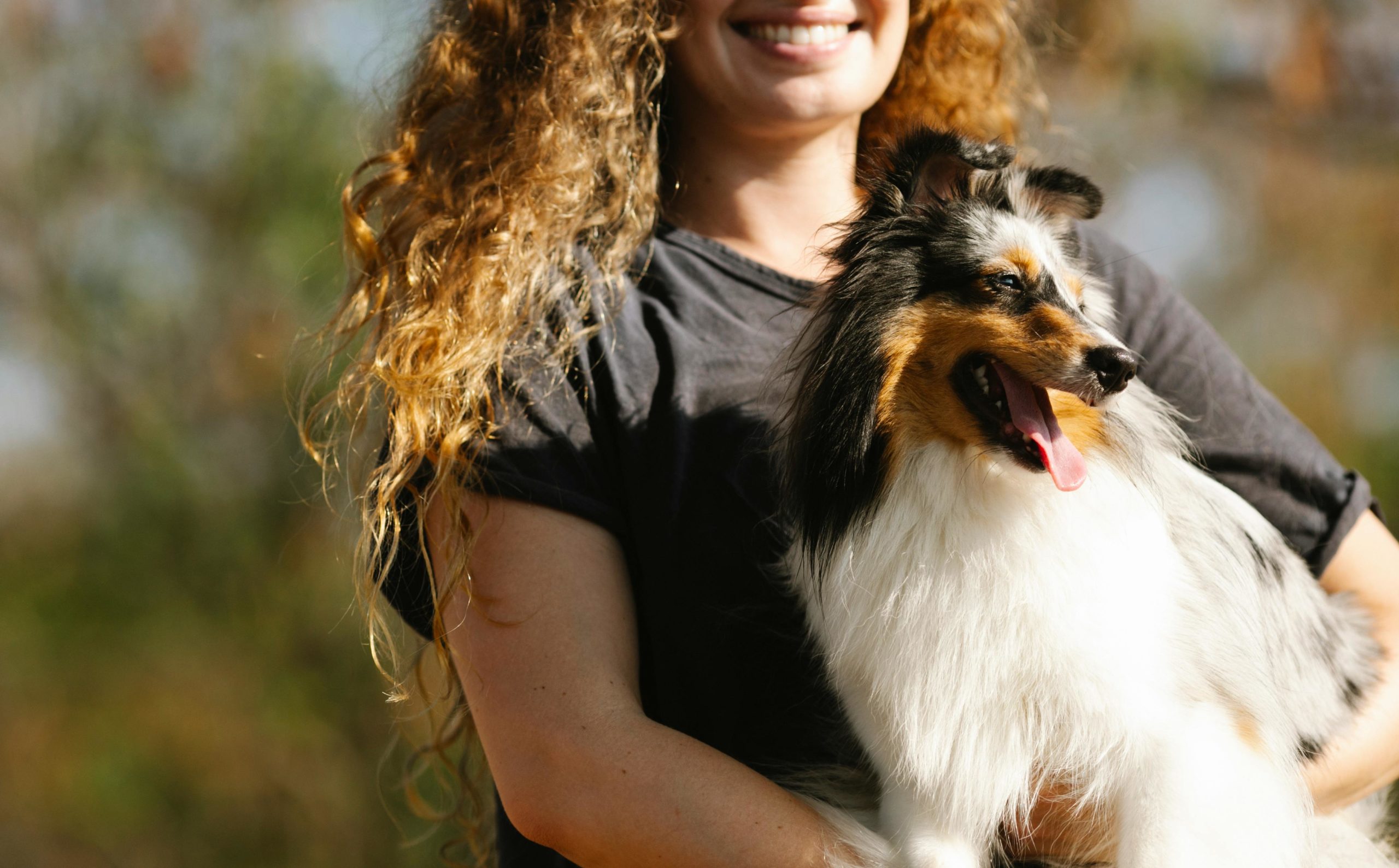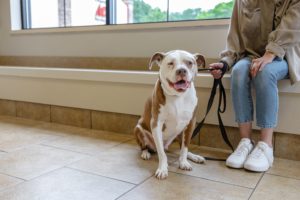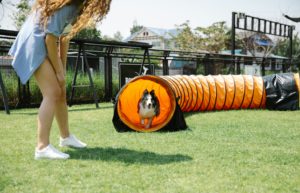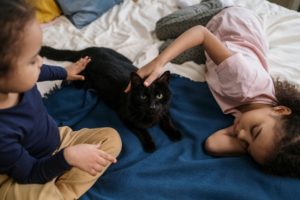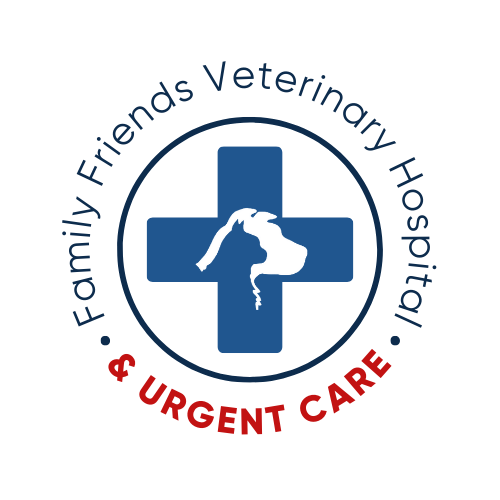At Family Friends Veterinary Hospital, we believe that responsible pet ownership goes beyond providing food and shelter. It encompasses a commitment to your pet’s well-being for their entire life. Whether you’re a first-time pet parent or have cared for pets for years, knowing the key pillars of responsible pet ownership can help you give your dog or cat the happiest, healthiest life possible. Let’s dive into the essential components that every dog and cat owner should keep in mind.
Commitment to Preventative Care
Preventative care is the foundation of a long, healthy life for your pet. This involves regular check-ups with your veterinarian to monitor your pet’s health, catch potential issues early, and maintain up-to-date vaccinations.
Routine Exam
Dogs and cats should have at least one wellness exam per year, while senior pets or those with chronic conditions may need more frequent visits. These exams allow your veterinarian to assess your pet’s overall health, detect early signs of disease, and recommend appropriate treatments. Regular lab work, fecal exams, and urinalysis can also identify hidden conditions like kidney disease or parasites.
Vaccinations
Keeping your pet’s vaccinations up to date is vital in protecting them against common, preventable diseases. For dogs, vaccines for distemper, parvovirus, and rabies are essential. Cats typically require vaccinations for feline distemper, rhinotracheitis, and rabies. Your vet can guide you on the right vaccination schedule for your pet.
Parasite Prevention
Fleas, ticks, heartworms, and intestinal parasites can wreak havoc on your pet’s health. Preventative medications for both dogs and cats are available and should be administered as recommended by your veterinarian. Regular fecal testing also helps ensure your pet remains free from parasites
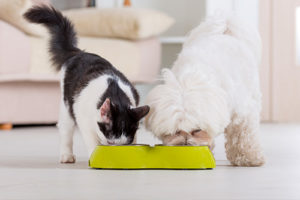
Proper Nutrition and Weight Management
A balanced diet and maintaining a healthy weight are crucial to your pet’s long-term health.
Choosing the Right Food
Consult your veterinarian to determine the best food for your pet’s breed, age, size, and health status. Quality commercial pet food provides the necessary nutrients, vitamins, and minerals dogs and cats need to thrive. If you prefer homemade diets or raw feeding, always work with a veterinary nutritionist to ensure your pet receives complete and balanced meals.
Healthy Treats and Portion Control
Treats are a wonderful way to reward your pet, but they should only make up a small portion of their diet. Keep an eye on the calorie content of treats and offer them sparingly. Overfeeding, whether through meals or treats, can lead to obesity, which is a growing problem among both dogs and cats. Obesity puts your pet at risk for health issues like diabetes, joint problems, and heart disease.
Monitoring Weight and Body Condition
It’s essential to monitor your pet’s body condition regularly to ensure they maintain a healthy weight. You can assess this by feeling their ribs (they should be easily felt but not visible), observing a defined waistline when viewed from above, and ensuring an abdominal tuck when viewed from the side. Regular weigh-ins at the vet can also help keep track of any gradual weight changes.
Mental Stimulation and Physical Exercise
Dogs and cats need both mental and physical enrichment to stay happy and healthy. Boredom can lead to destructive behaviors, while insufficient exercise can cause weight gain and behavioral issues.
Physical Exercise for Dogs
Dogs of all sizes need daily exercise tailored to their breed, age, and health. For active breeds, this could mean long walks, runs, or playtime in the yard. Less active dogs or older pets may enjoy shorter walks or gentle games of fetch. Exercise helps maintain muscle tone, burns calories, and prevents boredom-related behaviors such as chewing or excessive barking.
Exercise for Cats
While cats don’t require structured exercise like dogs, they still need daily playtime to stimulate their minds and bodies. Interactive toys, laser pointers, and climbing trees help engage your cat’s natural hunting instincts. A few short play sessions a day can go a long way in keeping your cat mentally sharp and physically fit.
Mental Stimulation for Dogs and Cats
Both dogs and cats benefit from mental stimulation. Puzzle toys, treat-dispensing toys, and training games challenge your pet’s brain and help prevent boredom. For dogs, learning new commands or participating in agility training is an excellent way to stimulate their minds. Cats enjoy puzzle feeders, interactive toys, and even learning tricks through clicker training.
Training and Socialization
Training and socialization are key to ensuring that your pet is well-adjusted and can adapt to different environments and situations.
Basic Obedience Training for Dogs
Obedience training teaches dogs basic commands like sit, stay, and come. Not only does it improve your communication with your dog, but it also ensures their safety in various situations. Training should begin when dogs are young, but even older dogs can learn new commands with patience and consistency. Positive reinforcement methods, such as treats and praise, work best when teaching new behaviors.
Socialization
Socializing your dog or cat helps them feel comfortable around new people, animals, and environments. For dogs, this may involve taking them to different places, introducing them to other dogs, or exposing them to different sights and sounds. Cats also benefit from early socialization, particularly with other pets or family members. Proper socialization reduces anxiety and fear-related behaviors in both species.
Creating a Safe and Enriching Environment
Your home should be a safe haven for your pet, where they feel comfortable, secure, and entertained.
Safe Space for Cats
Cats benefit from having a designated safe space where they can retreat when feeling stressed or overwhelmed. This can be a quiet room, a cozy bed, or a high perch where they feel secure. Litter box placement is also essential—ensure it’s in a quiet area that’s easily accessible to your cat.
Dog-Proofing Your Home
To keep your dog safe, it’s important to dog-proof your home. Keep electrical cords, household cleaners, and small objects out of reach. Make sure all potentially harmful plants are removed from your home and yard. Secure any areas where your dog might escape, such as fences or gates.
Providing Enrichment
Both dogs and cats need enrichment to thrive. This can include toys, scratching posts, food puzzles, and safe outdoor experiences like walks for dogs or secured outdoor enclosures for cats. Rotate toys regularly to keep your pet engaged.
Planning for the Future
Responsible pet ownership also means planning for your pet’s future.
Financial Preparedness
Owning a pet comes with financial responsibilities, including routine care, emergency treatment, and unexpected illnesses. Pet insurance is a great way to manage these costs. It provides peace of mind knowing that your pet’s medical needs will be covered without breaking the bank. Consider researching pet insurance options to find a plan that suits your pet’s needs and your budget.
Emergency Care Plans
Be prepared for emergencies by knowing the location of your nearest veterinary emergency clinic and having a first-aid kit on hand. It’s also helpful to have a pet sitter or family member who can care for your pet if you are away or unable to.
Conclusion
Responsible pet ownership is a lifelong commitment that requires knowledge, effort, and love. By focusing on preventative care, proper nutrition, exercise, training, safety, and planning, you can ensure that your dog or cat lives a long, happy, and healthy life. At Family Friends Veterinary Hospital, we’re here to help you every step of the way, offering guidance and support to help you be the best pet parent you can be.
If you have any questions about caring for your pet or need assistance with preventative care, don’t hesitate to reach out to us. We’re always here to ensure your pet’s health and happiness!

